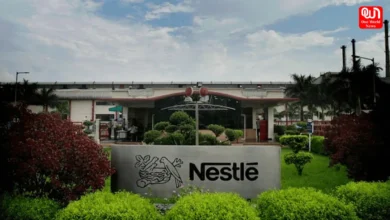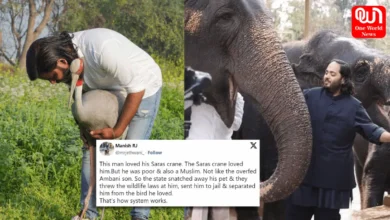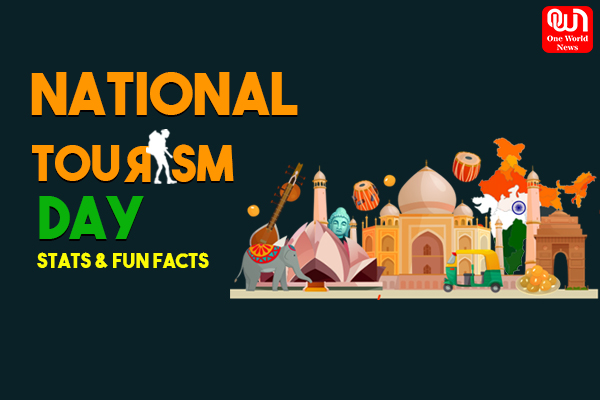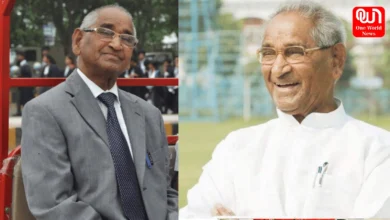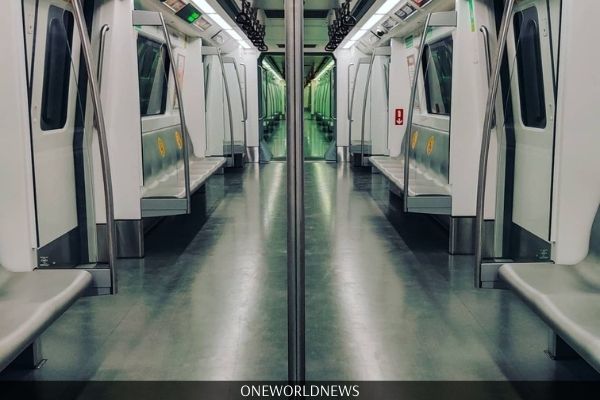
DMRC to open grey line extension: Delhi Metro is the largest network
Delhi is now getting another gift from the government. On 1 August, Delhi Metro Rail Corporation (DMRC) announced that the Trilokpuri section of Pink Line and Najafgarh-Dhansa Bus Stand extension of Grey Line of the Delhi Metro will be inaugurated on Friday, the 6th of August. The event will take place via video conferencing in the presence of Delhi Chief Minister Arvind Kejriwal and Union Minister of Housing & Urban Affairs in India, Hardeep Singh Puri. They will be unveiling 2 sections of the Delhi metro which will expand the Metro network to 390 kilometres with 286 stations across Delhi-NCR,
The DMRC confirmed this news on Twitter and also informed that the passenger services will commence on the same day, that is, 6 August at 3 pm on both sections.
With the encroachment of the coronavirus virus in India, the seating capacity in the metro was reduced to 50% which became a matter of concern for daily travellers. But from July 26, much to its relief, metros are running with 100% seating capacity, the number of corona cases declined in Delhi.
Still, Delhi Metros is considered as the lifeline of the Capital City, and what are the reasons behind it? Let’s have a look
How does Delhi run on the metro and What makes it the largest metro network in India?
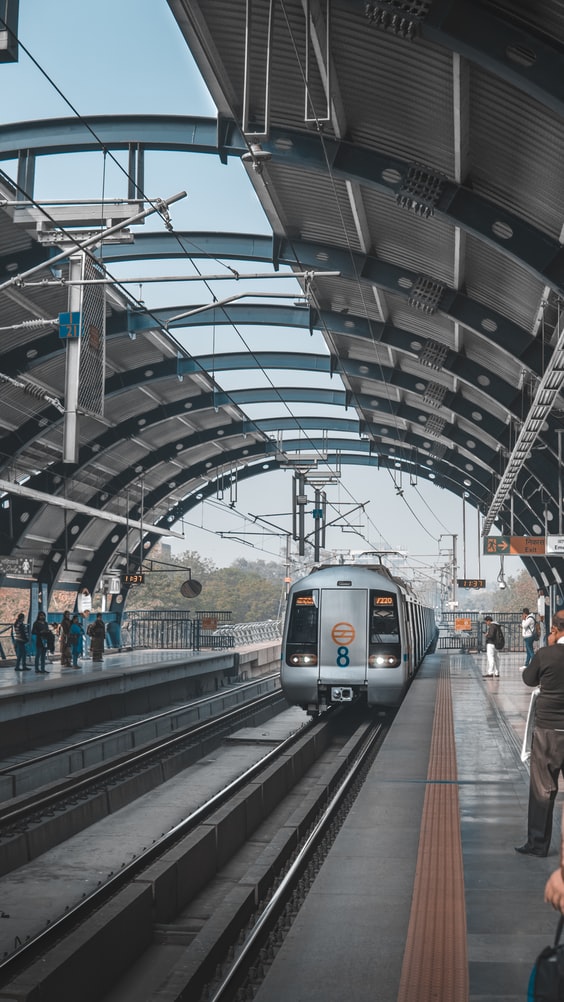
Delhi metro is the backbone of Delhi and the National capital Region. Over millions of passengers daily use the system for which it is a vital link in their daily lives. It operates a large fleet of technical diverse trains which are reliable and safe to various extents.
Such a mechanism requires constant monitoring of the system, regular maintenance of trains & tracks, and very efficient and highly qualified train operators who have undergone extensive training and stringent examination.
Delhi metro is the second oldest metro after the Kolkata metro. Planning for the metro started back in 1984, construction began in 1998, and the 1st section on the red line opened only in 2002.
Delhi metro is registering a continuous increase in ridership each year since its inception. When the metro services were introduced back in 2002, the average ridership was 80,000 passengers per day. As per the DMRC data, it carries 1.5 million passengers per day.
Also Read: Assam-Mizoram Border Clash Updates: Indian Policemen firing at each other is disturbing
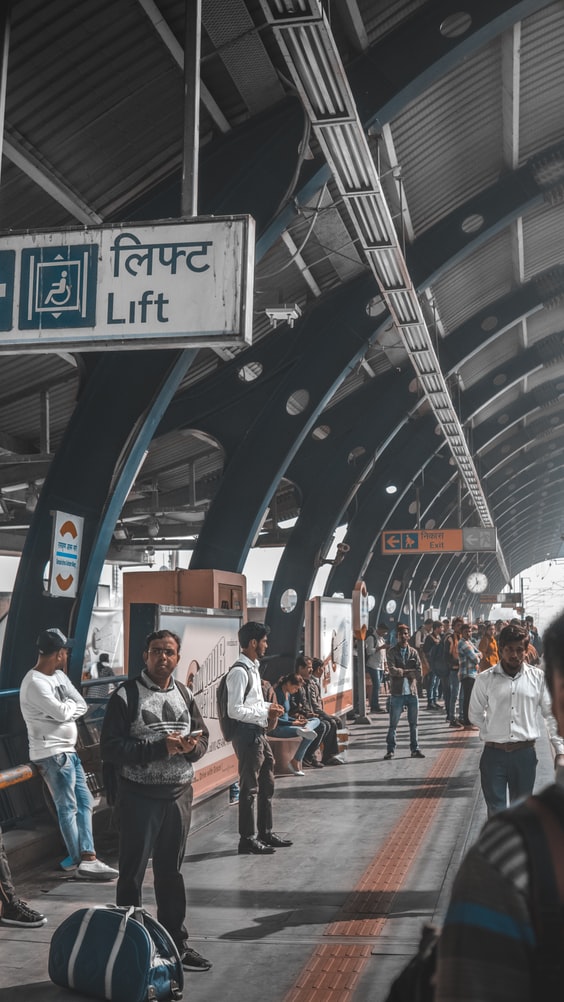
Speed
The maximum operating speed on most routes is 120 km/hour. But the Delhi metro runs at a much faster pace of 135 km/hour.
Size
Delhi metro has the largest network in India. It has a network length of 285 stations which is more than the rest of India’s metros combined. It is bigger than the other 10 Indian metros put together. It has a reach of 389 kilometers right now including the Noida metro and the Gurugram metro.
ISO Certifications
The metro becomes the only second metro in the world after the New York City subway to be ISO14001 certified for environmentally friendly construction.
Driverless
In December 2017, the magenta line of the Delhi metro was inaugurated. This line has new generation trains which can operate without drivers.
Carbon Credits
The Delhi Metro Rail Corporation was also certified by the United Nations in 2011 as the first rail-based system in the world to get carbon credits for reducing greenhouse gas emissions.
Ahead of schedule
The first stretch of Delhi metro and many more later was completed much ahead of schedule, without overrunning the budget. This is very remarkable in the country as evidently various infrastructure projects drag for years.
Ahead of the Independence Day celebration, Central Industrial Security force (CISF) has introduced a double-layered frisking system at the entrance of the selective metro stations.

